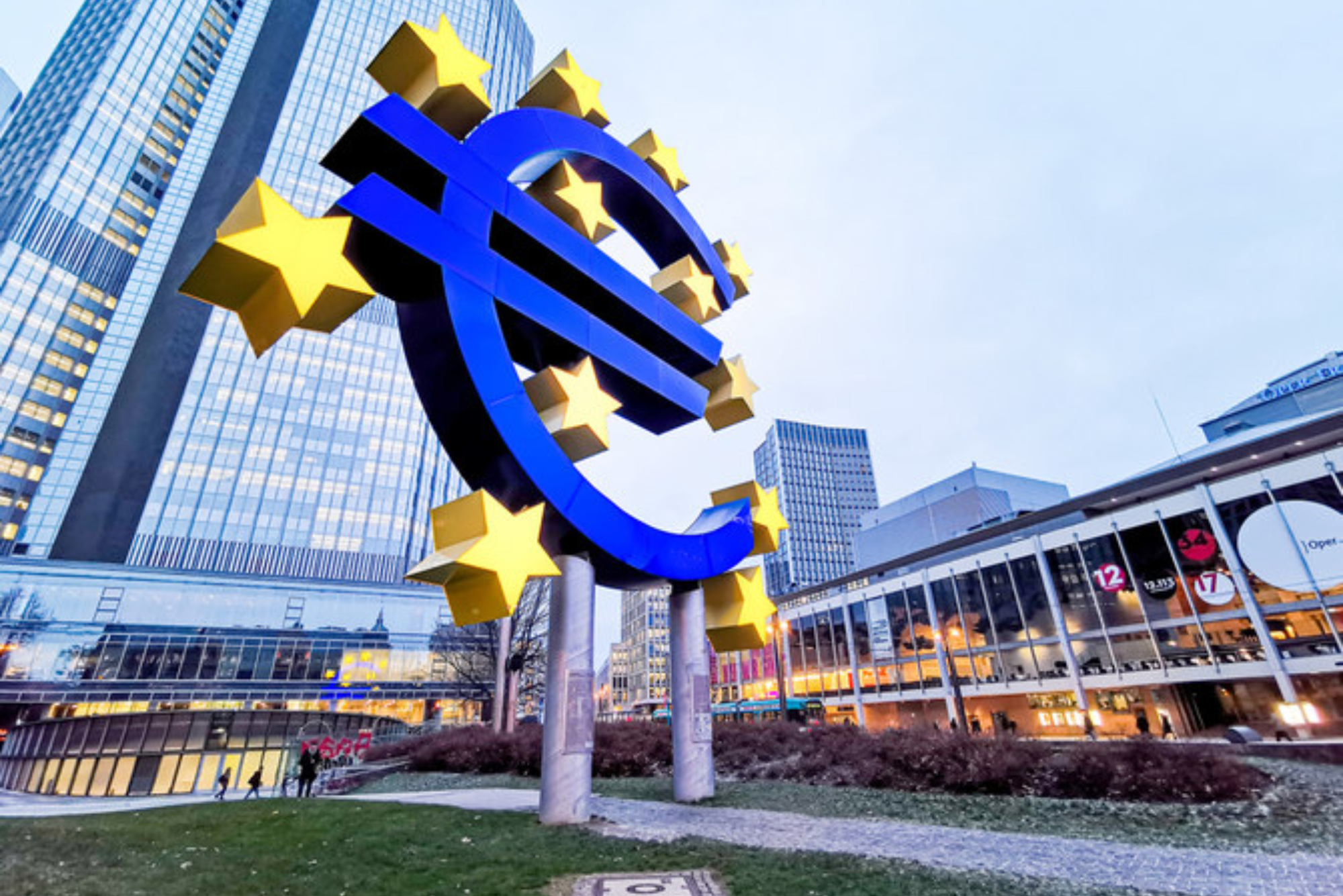Eurozone PMI (Purchasing Managers’ Index) stands as a pivotal economic indicator, providing profound insights into the health and performance of the manufacturing and services sectors within the Eurozone. Understanding its intricacies, trends, and implications is essential for businesses, investors, and policymakers alike.
Understanding Eurozone PMI
At its core, Eurozone PMI reflects the sentiment of purchasing managers across various industries, gauging factors such as business conditions, production levels, new orders, employment, and more. Comprising components like Manufacturing PMI, Services PMI, and Composite PMI, this index serves as a barometer of economic activity, offering valuable data for decision-making processes.
Interpreting PMI Figures
The interpretation of PMI figures is straightforward yet profound. Readings above 50 signal expansion, indicating economic growth, while readings below 50 denote contraction. Furthermore, the magnitude of deviation from 50 provides insights into the pace of expansion or contraction, painting a nuanced picture of economic dynamics within the Eurozone.
Impact of Eurozone PMI
The influence of Eurozone PMI extends across various domains:
Investors:
PMI data serves as a significant driver of market sentiment, influencing investment decisions and asset prices. Higher PMI figures often translate to optimism among investors, fueling demand for equities and other risk assets.
Policymakers:
Central banks and governments closely monitor PMI data to assess economic performance and formulate appropriate monetary and fiscal policies. In times of economic contraction, policymakers may implement stimulus measures to bolster growth, guided by insights gleaned from PMI readings.
Businesses:
For businesses operating within the Eurozone, PMI insights are invaluable. They aid in strategic planning, facilitating decisions regarding production levels, inventory management, market expansion, and risk mitigation. By leveraging PMI data, businesses can adapt swiftly to changing market conditions and maintain a competitive edge.
Analyzing Eurozone PMI Trends
Examining recent trends and forecasts offers deeper insights into the trajectory of the Eurozone economy:
Recent Performance:
Despite facing global headwinds, Eurozone PMI data has exhibited resilience in recent months. Manufacturing sectors have demonstrated robustness, buoyed by strong demand and production activities. Conversely, the services sector, initially impacted severely by the pandemic, has shown signs of gradual recovery, albeit at a slower pace compared to manufacturing.
Regional Variances:
While aggregate Eurozone PMI figures provide a broad overview, it’s essential to consider regional disparities within the Eurozone. Countries like Germany often lead manufacturing growth, driven by technological advancements and export-oriented industries. In contrast, other nations may face challenges stemming from structural inefficiencies or geopolitical uncertainties.
Forecast and Outlook:
Looking ahead, experts anticipate continued expansion in Eurozone PMI, supported by improving economic conditions and ongoing recovery efforts. However, several risks warrant vigilance, including geopolitical tensions, supply chain disruptions, and inflationary pressures. Monitoring these factors will be crucial in navigating uncertainties and sustaining growth momentum.
Implications for Businesses and Investors
Eurozone PMI data holds profound implications for businesses and investors, guiding decision-making processes and investment strategies:
Strategic Planning:
Businesses leverage PMI insights to inform strategic decisions, such as capacity planning, market expansion, and risk mitigation. By aligning operations with PMI-driven forecasts, firms can optimize resource allocation and capitalize on emerging opportunities.
Investment Strategies:
Investors incorporate Eurozone PMI data into their investment strategies, adjusting asset allocations and sectoral exposures based on PMI-driven market expectations. Moreover, PMI insights serve as a valuable tool for risk management, enabling investors to navigate market volatility and preserve capital.
Eurozone PMI stands as a vital gauge of economic activity within the Eurozone, offering actionable insights for businesses, investors, and policymakers. By understanding PMI trends, interpreting data accurately, and aligning strategies accordingly, stakeholders can navigate market dynamics effectively and capitalize on opportunities in the Eurozone Dubai and beyond. As economic landscapes evolve, the significance of Eurozone PMI as a leading indicator remains unwavering, guiding decision-makers toward sustainable growth and prosperity.







